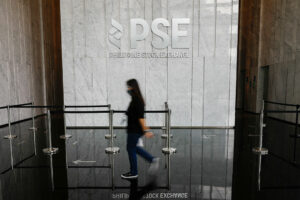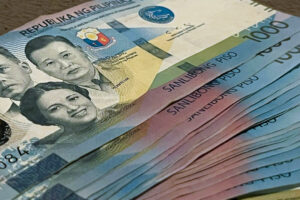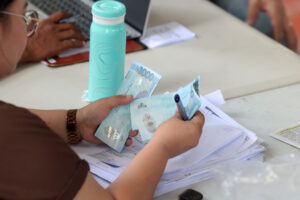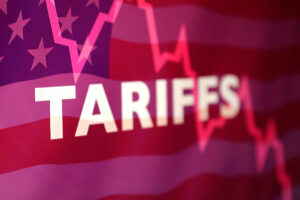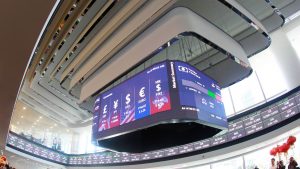Headline inflation may have slightly picked up in August as rising food and electricity costs were tempered by low rice prices, analysts said.
A BusinessWorld poll of 16 analysts yielded a median estimate of 1.3% for the August consumer price index (CPI), picking up from 0.9% in July but slower than the 3.3% clip in August 2024.
If realized, August would mark the sixth month in a row that inflation was below the Bangko Sentral ng Pilipinas’ (BSP) 2-4% target range.

The Philippine Statistics Authority is scheduled to release the August inflation data on Friday, Sept. 5.
The BSP projects inflation to have settled within the 1% to 1.8% range in August.
“Upward price pressures for the month are likely to arise from higher costs of fruits, vegetables, and fish due to unfavorable weather conditions,” the BSP said in a statement late on Friday. “Higher electricity rates, elevated domestic fuel costs, and the depreciation of the peso likewise contribute to upside price pressures.”
However, these could be partially offset by the low prices of rice and meat, the BSP said.
Metropolitan Bank & Trust Co. (Metrobank) said inflation likely picked up to 1.3% in August from the near six-year low in July because of “accelerating food prices due to disruptive weather and higher energy costs.”
It noted that fish and vegetable prices rose as supply was disrupted after typhoons in late July and early August. However, the price of meat and fruits went up year on year, but at a slower pace.
Tropical storms Crising, Dante and Emong, and the southwest monsoon brought heavy rains and flooding in late July until early August, left PHP 4.86 billion worth of agricultural damage, according to the Department of Agriculture.
Energy costs
Price pressures also emanated from higher power rates and pump prices in August.
“Among the factors for upward inflation pressures include higher price inflation for fish, fruits, and vegetables due to inclement weather, electricity rate hike, and higher petroleum prices,” Angelo B. Taningco, research head and chief economist at Security Bank, said.
Metrobank noted that the three major electricity players in the country — Manila Electric Co. (Meralco), Visayan Electric Co., and Davao Light and Power Co. — raised their rates in August due to higher power supply costs and transmission fees.
Meralco hiked rates by P0.6268 per kilowatt-hour (kWh) in August, bringing the overall rate for a typical household to P13.2703 per kWh. This translates to an additional P125 in the total electricity bill of residential customers consuming 200 kWh.
Chinabank Research noted upward adjustments in domestic pump prices in August.
“However, these were likely tempered by the month-on-month decline in the prices of rice, meat, and LPG (liquefied petroleum gas),” Chinabank said.
As of Aug. 26, pump price adjustments stood at a net increase of P0.70 per liter for gasoline, P0.50 a liter for kerosene, and P0.30 for diesel.
However, Jonathan L. Ravelas, a senior adviser at Reyes Tacandong & Co., said the August print is still “soft” as rice prices remained low and consumer demand has not picked up much.
Rice prices
Rizal Commercial Banking Corp. Chief Economist Michael L. Ricafort said low prices of rice could help inflation stay below the BSP’s target.
“Inflation could remain relatively benign and still below the BSP’s inflation target of 2%-4% (near the lower end of the said range), largely due to lower rice prices, which account for 9% of the CPI basket due to lower tariff on imported rice since early July 2024,” he said.
However, Union Bank of the Philippines Chief Economist Ruben Carlo O. Asuncion said upside risks to inflation include a rise in palay prices in some regions ahead of the government’s 60-day ban on rice imports and potential supply disruptions.
“On the downside, base effects from last year’s La Niña and sustained rice deflation may temper inflation,” he said.
Rice inflation has been decelerating in the last few months on the back of the government’s measures to curb rising prices of the staple grain, including lowering the tariffs on rice.
The 60-day suspension of rice imports starts today (Sept. 1) and will end on Oct. 30. It covers imports of regular milled and well-milled rice but excludes varieties that are not commonly produced locally.
Maybank Economist Azril Rosli said the impact of Mr. Marcos’ rice import ban will likely be felt starting in the fourth quarter.
“We anticipate that immediate pass-through effects to consumer prices will remain limited during the late third quarter to early fourth quarter 2025 period,” he said.
“We expect the more pronounced impact of this supply-side intervention to materialize in subsequent months, particularly from late fourth quarter 2025 through early first quarter 2026, as the policy implementation fully takes effect and market adjustments occur.”
Arindam Chakraborty, an economist at ANZ Research, said lower international rice prices may have helped sustain food price deflation in August.
“Going forward, the potential reversal of rice import tariff reductions could introduce upward pressure on food prices,” Mr. Chakraborty said. “Even so, given moderate demand conditions, we expect inflation to remain below BSP’s official target range in 2025.
Meanwhile, Mr. Asuncion said recent wage hikes and the weak peso as among the drivers of August inflation.
“The slight uptick from July’s 0.9% is driven by emerging pass-through effects from higher energy prices, wage adjustments, and imported goods — especially amid a weaker peso,” he said.
The local unit closed at P57.13 per dollar on Friday, stronger by P1.19 from its P58.32 finish a month ago, Bankers Association of the Philippines data showed.
Euben Paracuelles, a research analyst at Nomura Global Markets Research, noted that August core inflation is likely to remain unchanged. Core inflation slightly picked up to 2.3% in July from 2.2% in June.
“Core inflation, however, likely remained unchanged from the previous month, consistent with stable demand conditions and the still-negative output gap,” he said.
Rate cut impact
Analysts expect the impact of the Monetary Board’s latest policy rate cut on inflation in the coming months to be “muted.”
“The immediate effect of this rate cut on actual inflation is expected to be muted,” Mr. Asuncion said. “With demand-side pressures still soft and supply-side factors — such as rice deflation and China’s producer price weakness — continuing to dominate, the cut is unlikely to trigger a sharp rebound in prices in the near term.”
At its Aug. 28 meeting, the central bank delivered a third straight 25-basis-point (bp) cut, bringing its policy rate to 5%. BSP Governor Eli M. Remolona, Jr. also signaled they could deliver one more 25-bp cut this year, depending on data.
Mr. Rosli said the 25-bp cut “will likely generate modest inflationary pressures.”
“Lower borrowing costs should stimulate consumer credit demand, particularly for durable goods and housing-related expenditures, creating upward pressure on inflation,” he said. “However, given the subdued economic momentum, this demand-side stimulus is expected to be measured rather than pronounced.”
Mr. Ravelas said the rate cut is a “calculated push” that could support the country’s growth without stoking inflation.
“If demand starts to recover, we might see inflation edge up, but for now, it’s a calculated push to keep the economy moving,” he added.
Reinielle Matt M. Erece, an economist at Oikonomia Advisory & Research, Inc., said rate cuts may drive up inflation as consumer demand increases.
“Rate cuts, along with the onset of the holiday season, may spark higher demand for goods and services,” Mr. Erece said. “This may cause an uptick in inflation as spending on goods may drive prices higher.”
The central bank said it will keep monitoring factors that could influence its inflation and growth outlook, following its data-driven approach to monetary policy decision making.
The BSP’s next policy-setting meetings are in October and December. — Katherine K. Chan






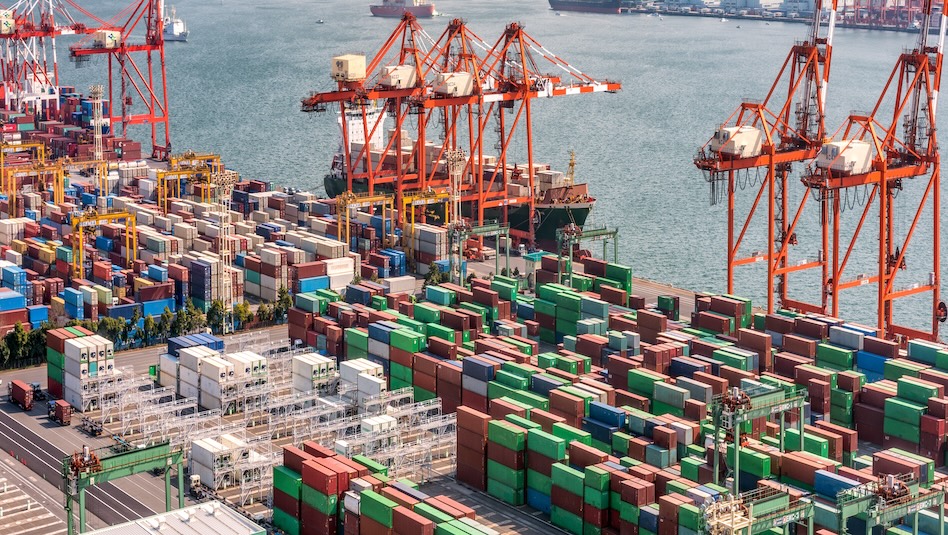
 DOWNLOAD
DOWNLOAD




